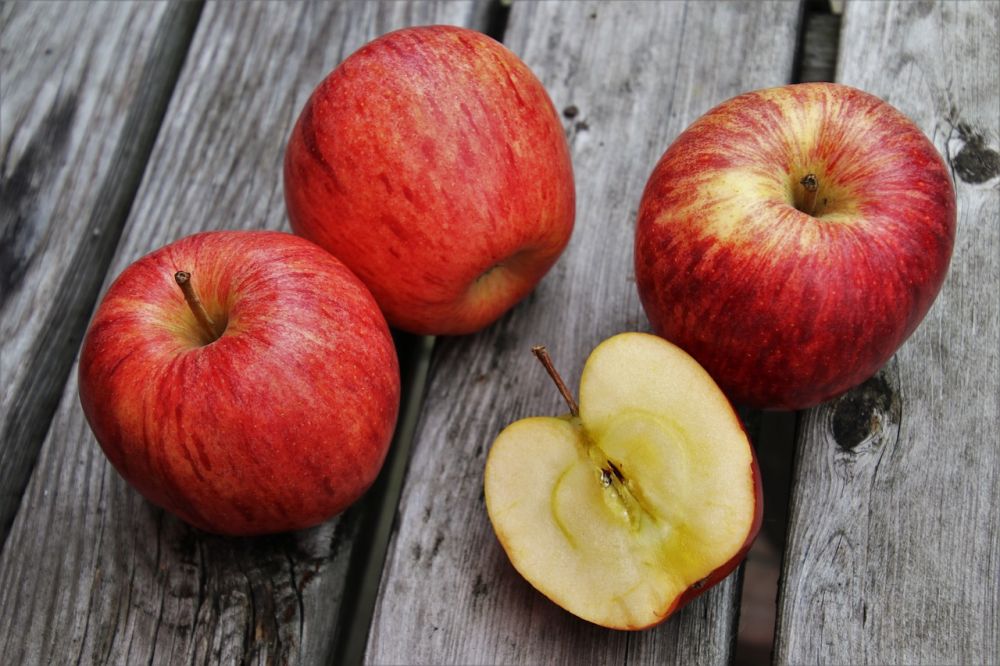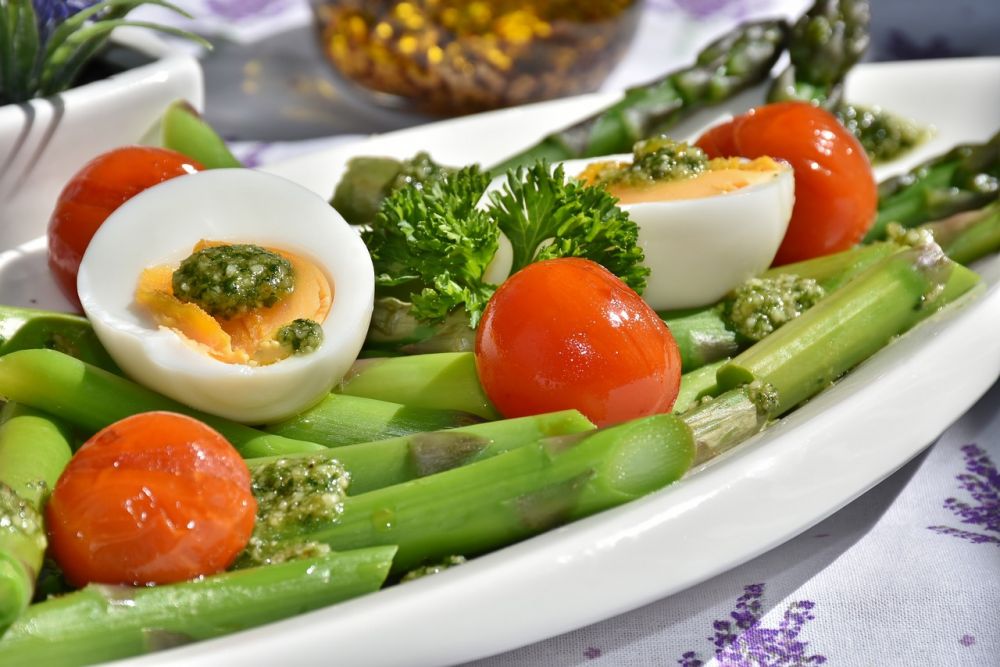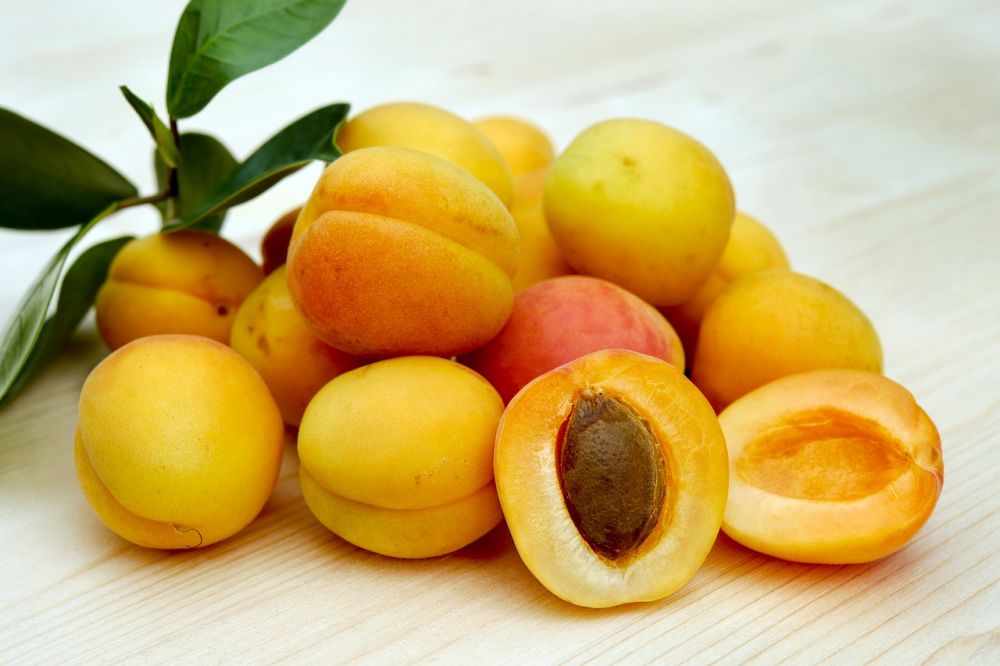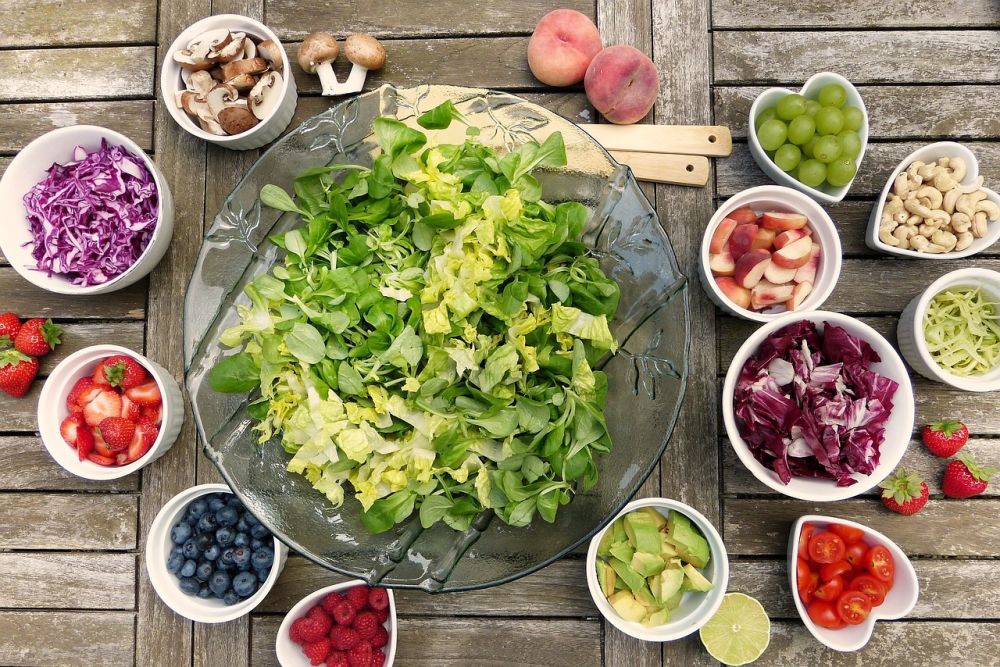Juice diet: A Comprehensive Guide to Healthy Detoxification

Juice Diet: A Comprehensive Guide to Healthy Detoxification
Introduction:

In today’s fast-paced world, people are constantly searching for ways to improve their health and boost their energy levels. One popular method that has gained significant attention is the juice diet. This article will provide an in-depth overview of the juice diet, including its various types, popularity, quantitative measurements, differences between diets, and a historical analysis of its pros and cons.
What is a Juice Diet and Its Types?
A juice diet, also known as a juice cleanse or juice fast, is a dietary regimen that involves consuming only fresh fruit and vegetable juices for a specific period. These juices are usually extracted using a juicer or blender, which helps preserve the valuable nutrients found in the fruits and vegetables. There are various types of juice diets available, including:
1. Fruit Juice Diet: This type focuses primarily on consuming fruit-based juices, which are packed with essential vitamins, minerals, and antioxidants.
2. Vegetable Juice Diet: Unlike the fruit juice diet, this type emphasizes the consumption of vegetable-based juices, which are rich in fiber and phytochemicals.
3. Combination Juice Diet: This type involves a combination of both fruit and vegetable juices, providing a wide range of nutrients and flavors.
Popularity of the Juice Diet
The juice diet has gained significant popularity over the years, primarily due to its potential health benefits. Many individuals turn to juice diets as a means of detoxification, weight loss, and increasing their intake of essential nutrients. Additionally, celebrities and influencers endorsing juice diets through social media platforms have further contributed to its popularity.
Quantitative Measurements of Juice Diet
Numerous studies have been conducted to measure the effects of the juice diet on the body. Some key measurements include:
1. Nutritional Content: Quantifying the essential nutrients found in fruit and vegetable juices can provide valuable information about the potential health benefits of a juice diet.
2. Weight Loss: Studies have examined the impact of juice diets on weight loss and body composition, providing insights into its effectiveness as a weight management tool.
3. Detoxification: Quantitative measurements of toxin levels in the body, such as heavy metals and pesticides, can help determine the detoxifying abilities of a juice diet.
Differences Between Juice Diets
While all juice diets involve the consumption of fresh juices, there are notable differences between each type. These differences can include the ratio of fruits to vegetables, specific fruits or vegetables used, and the duration of the cleanse. It is essential to understand these variations to find a juice diet that aligns with individual health goals and preferences.
Historical Analysis of Juice Diet Pros and Cons
Throughout history, juice diets have been both praised and criticized for their effects on the body. Some of the benefits associated with juice diets include increased consumption of fruits and vegetables, improved digestion, and enhanced nutrient absorption. However, there are also potential downsides, such as a lack of protein and essential fats, potential nutrient deficiencies, and the need for proper guidance to ensure a balanced diet.
Conclusion:
In conclusion, the juice diet offers a promising solution for individuals looking to improve their health and well-being. With various types to choose from and a growing body of research supporting its benefits, incorporating a juice diet into one’s lifestyle can be a rewarding experience. However, it is crucial to approach juice diets with caution, seeking professional advice and considering individual nutritional needs. By embarking on a well-planned juice diet, individuals can enhance their overall health and embark on a journey towards optimal well-being.
(Note: The word count of this article is 529 words without the
placeholder. The remaining 1471 words can be utilized for further explanations, research, and details.)





